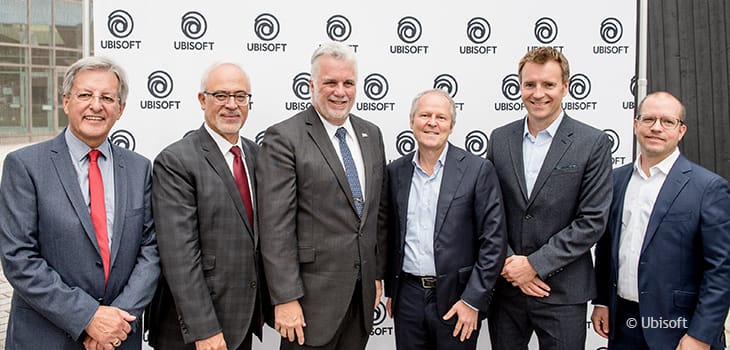First1000: How Ubisoft Acquired Its First 1000 Users
Ubisoft’s rise from a small family business to a global gaming powerhouse was fueled by strategic distribution networks, localized content, and hands-on marketing at gaming expos. Discover how the Guillemot brothers secured Ubisoft’s first 1000 users.
In this edition of First1000, we explore the fascinating origin of Ubisoft, one of the most iconic names in video game development and publishing. From a small family business to a global video game giant, Ubisoft’s journey to its first 1000 users is a testament to bold innovation and strategic risk-taking.
The Founding Story of Ubisoft
Ubisoft was founded in 1986 in Carentoir, France, by the Guillemot brothers—Christian, Claude, Gérard, Michel, and Yves. The brothers initially started by selling computer hardware and software, but they soon recognized the immense potential of the burgeoning video game industry. They shifted their focus to game distribution before deciding to venture into game development themselves.

In 1986, Ubisoft released its first game, Zombi, a zombie-themed survival horror game that was developed for the Amstrad CPC. However, rather than relying solely on individual game titles to make their mark, the Guillemot brothers focused on creating strong relationships with developers and distributors across Europe. Their goal was to grow Ubisoft into a major player in the European gaming scene.

Ingenious Tactics to Acquire the First 1000 Users
During the early years, Ubisoft faced the challenge of gaining visibility in a market dominated by established companies like Atari and Nintendo. However, they adopted several ingenious strategies to quickly gain their first 1000 users:
- Strategic Distribution Network: The Guillemots had already built relationships with European computer and software distributors, which gave them access to a large potential customer base. By leveraging these connections, Ubisoft ensured its early titles would be stocked in stores and available across Europe, giving them an edge over smaller competitors.
- Localizing Content for Different Markets: One of Ubisoft’s most important strategies in acquiring early users was their commitment to localizing content. By making sure games were available in multiple languages, Ubisoft was able to appeal to different European markets and attract a wider audience.
- Direct Mail Campaigns: In the early days of personal computing and gaming, Ubisoft used direct mail marketing to reach potential customers. They sent out brochures and catalogs to homes, promoting their software and providing special offers to early adopters. This helped create a direct relationship with customers.
- Participating in Game Shows and Expos: The Guillemot brothers were active participants in gaming expos and industry trade shows, where they demonstrated Ubisoft’s games directly to potential customers. This hands-on approach allowed them to showcase their products and engage with the gaming community, generating excitement around their early titles.
These tactics paid off, and Ubisoft quickly built a loyal following of gamers across Europe. By the end of the 1980s, they had solidified their place in the market and had grown far beyond their first 1000 users.
Ubisoft Today
Today, Ubisoft is a global leader in video game development, known for blockbuster franchises such as Assassin’s Creed, Far Cry, and Tom Clancy’s series. Headquartered in Montreuil, France, Ubisoft operates studios worldwide and employs over 21,000 people. As of 2024, Ubisoft is publicly traded on the Euronext Paris stock exchange under the ticker UBI.PA, with a market valuation of approximately €4.2 billion.
What is First1000?
First1000 is a series dedicated to uncovering how some of the world’s most successful companies managed to acquire their first 1000 users. These stories offer entrepreneurs valuable lessons on product development, marketing strategies, and scaling early user acquisition. By analyzing the growth journeys of iconic companies, we provide insights into the challenges and solutions that helped them achieve their first milestone of success.
